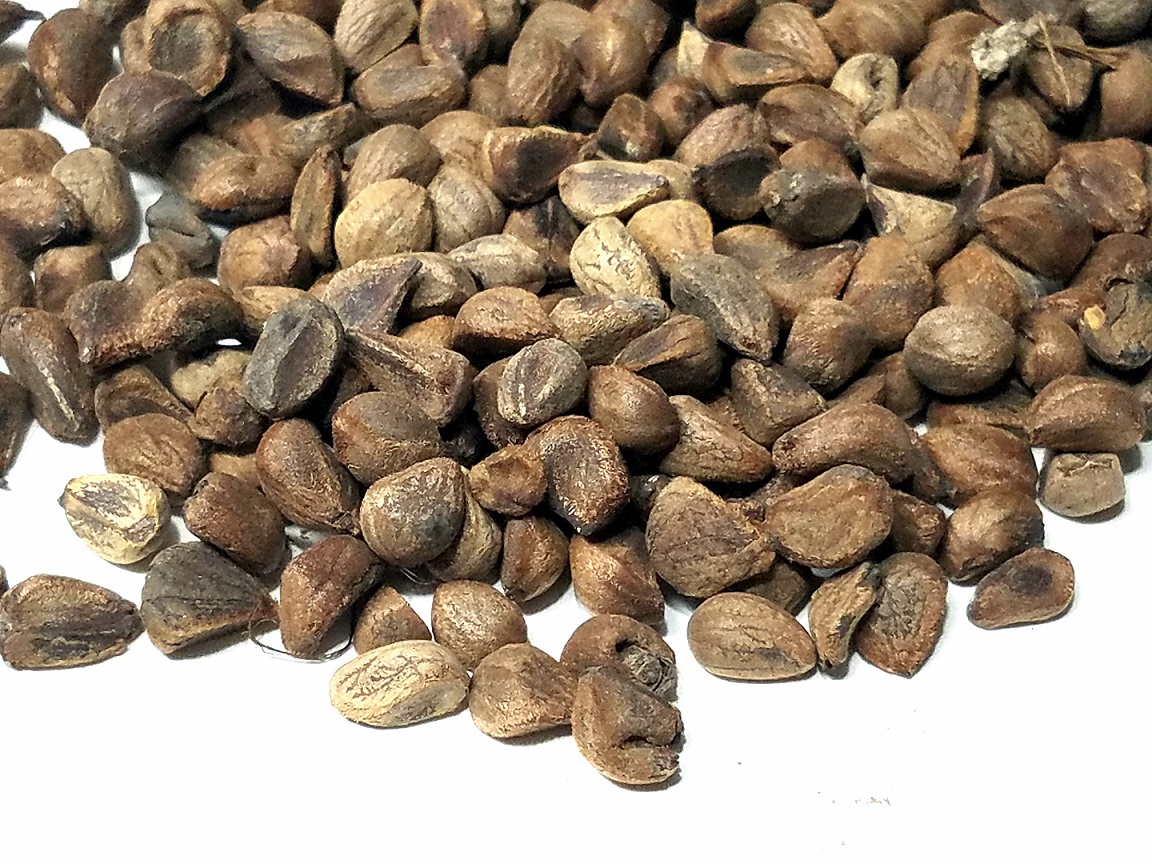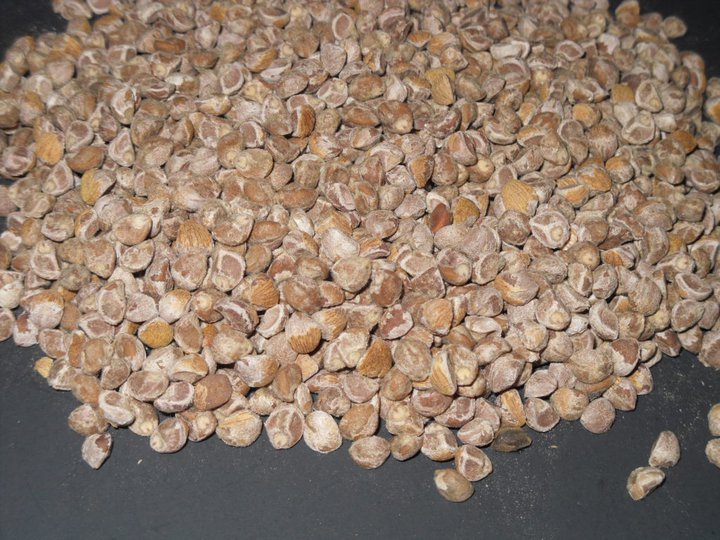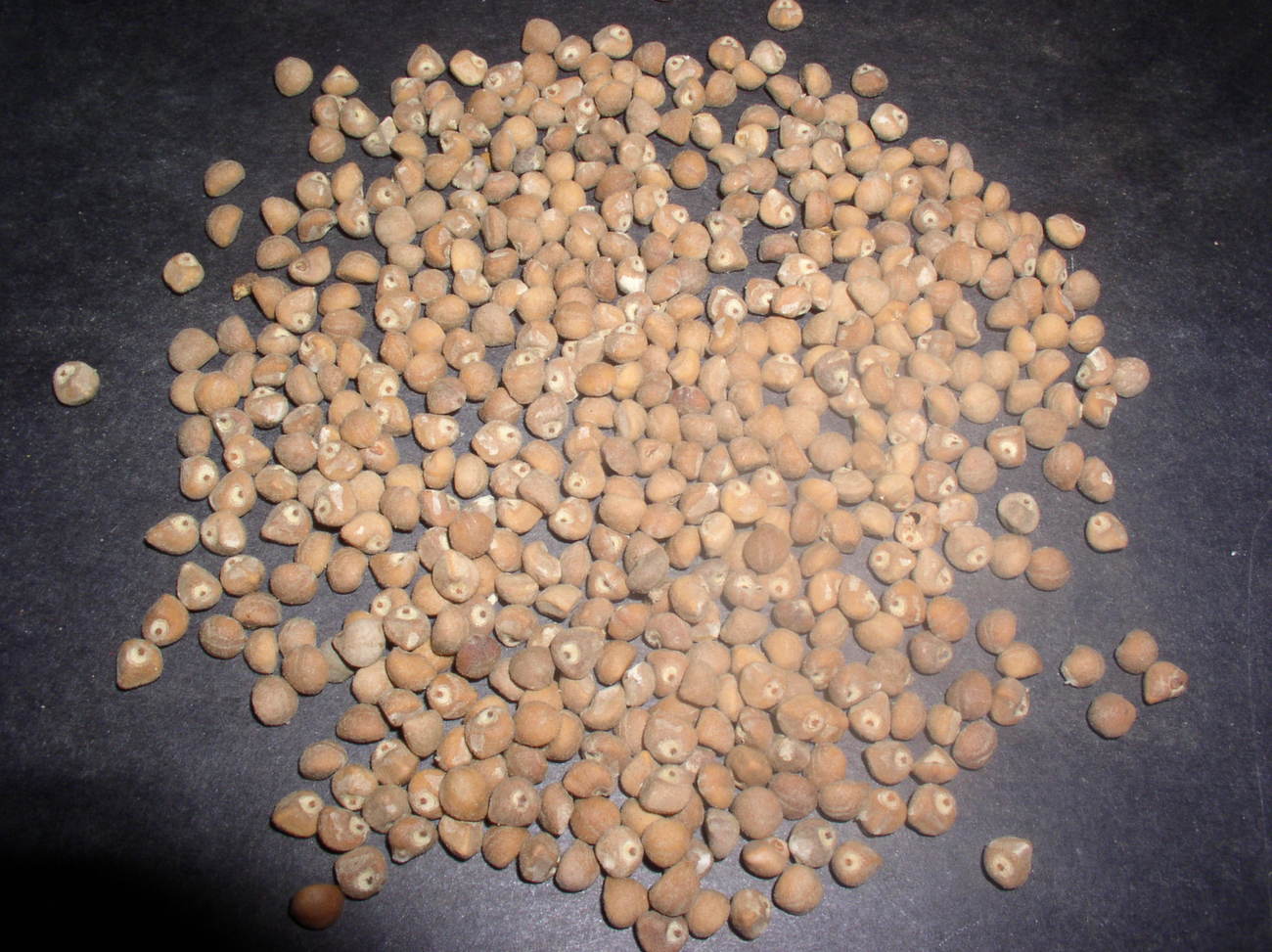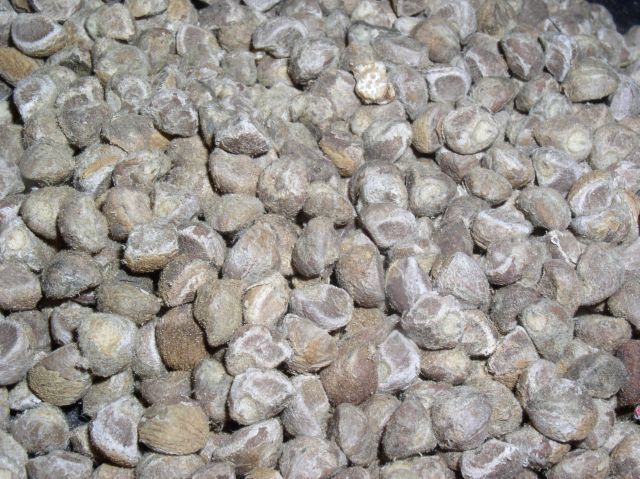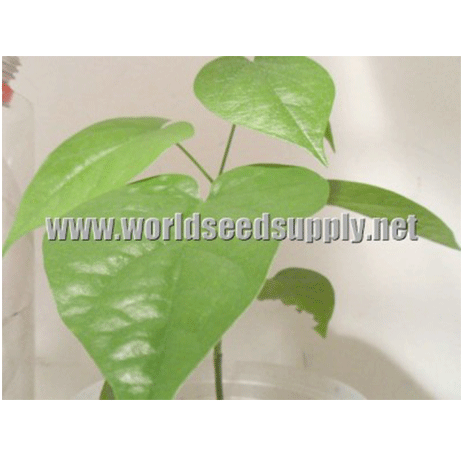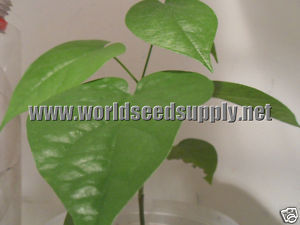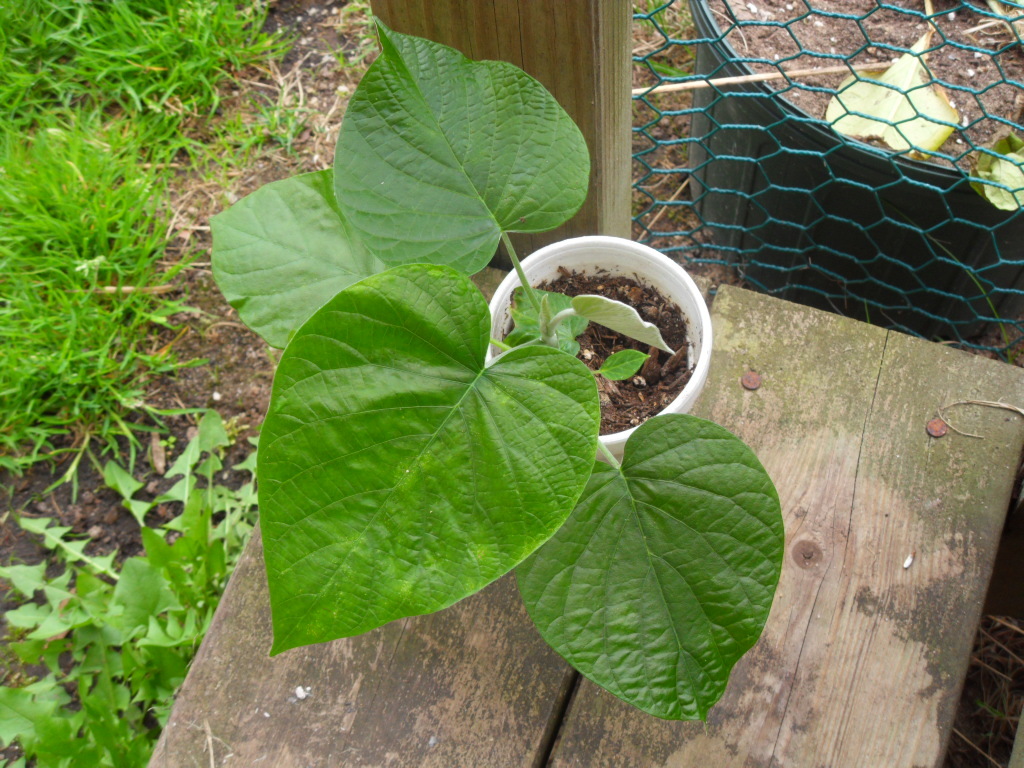Morning Glories are a classical favorite, and they are the first flowers many new growers start out growing. Morning glories are the ideal starting point for new growers because they are easy to grow, can withstand a wide range of environments and they have amazing coloration. The following guide will outline some basic instructions that can be used for ipomoea tricolor, ipomoea nil and ipomoea purpurea, which includes popular forms such as Heavenly Blue Morning Glory Morning Glory, Flying Saucers, Grandpa Ott’s Morning Glory, Pearly Gates and Scarlet O’Hara Morning Glory.
Morning glories can be grown in pots or in the ground. But most growers choose to grow morning glories in the ground because they can take up a lot of root space. On the other hand, growers who do not have ground space, such as urban growers, have no choice. In that case, it is important to select the largest pot possible. You want something that is large enough to grow tomatoes. A two foot diameter pot that is about 1.5 feet high is sufficient. You will also need a good amount of soil to fill this pot.
Morning Glories can grow in most soil types, even poor soils that you might not expect to be good for growing plants. In fact, morning glories actually seem to prefer average soil over very fertile soil. Average soil will give you better flower production in most cases. The soil should also be loose and well-draining. If you’re growing in containers, you want to add extra drainage because containers tend to cause soil to become more compact and less well-draining. Perlite, a type of volcanic glass that resembles little white balls of pumice, is a great additive to potted soils to keep it airy and well-draining. If you’re adding perlite, mix in about ¼ the volume of your total soil mixture. If you do not have perlite, you can also mix in about 1/3 sand. You should avoid soils that are high in clay though because they are most easily compacted.
If you’re growing in the ground, then you might want to prepare your bed in advance. Unprepared ground tends to be compact if you’ve never grown anything in that area. So you just want to till the soil with something such as a shovel or garden hoe to loosen it up a little. Four to five inches is deep enough. If you already have a flower bed or planter, your soil might be loose enough already.
Morning Glories, being a vine, require structure to climb. Morning glories can sprawl out along the ground, but if you have any other plants in the same area, the morning glories are likely to overtake them. When selecting your site, you usually want to utilize the morning glory’s climbing tendency to decorate your landscape. The mailbox is one great place to grow morning glories. Just dig out a small bed around the post of your mailbox and allow your morning glories to climb up and around your box. You may have to train the plants in the beginning to find their way up. But after the first few vines find their way up, the newer vines will use them to latch onto.
Other common structures that people use for growing morning glories include trellis, chain link fences, lattice, gutter leaders, bushes, telephone poles and even wires. If you want to assist your vines in starting up something like a wooden post, you can hammer in a few U-nails and guide the young tips of the plant through them. If you’re growing in containers, you can either place the entire pot near this type of existing structure, or you can use a tomato cage.
Aside from choosing a location that offers structure to climb, sunlight is important. Morning glories can sometimes engulf surrounding plants because they are gluttons when it comes to light. It is best to choose a location in full sun. You can still get plants to grow in less light, but they will usually have fewer blooms. Due to their high light preference, morning glories are usually not grown indoors, although they can be if you use supplemental lighting.
Although morning glories are not usually grown to maturity indoors, it is quite common to start them indoors to get an early start on the season. Morning glories transplant well, and the early start may mean quicker blooming. If you’re in a warmer climate, you are probably better off starting outdoors to keep things simple and keep your windows free for other plants with more pressing needs. However, you may just want to start the seedlings indoors for the first week or two just because it is easier to control germination conditions indoors. In the north, starting indoors will give you a head start and give you something to do while it is still cold outside. But starting indoors is not necessary to get nice morning glory blooms by summer.
Many grow guides suggest pretreatment for your morning glory seeds. Most commonly, these guides recommend nicking the seed coat and soaking the morning glory seeds in water for 24 hours prior to planting. These are techniques that are commonly employed for Hawaiian Baby Woodrose seeds as well. The two flowers are in the same family. But Hawaiian Baby Woodrose has a hard seed coat, and so these techniques are much more appropriate. The morning glory seed coat is much softer, and moisture has no problem penetrating. We have soaked morning glory seeds in water, and in many cases they sprouted within a day without any nicking. So these experiences combined with the fact that nicking is done to allow moisture to penetrate hard seed coats and the fact that morning glory seeds have a soft seed coat, there is no reason to nick the seeds.
Soaking morning glory seeds will allow the seeds to germinate right away in the water at room temperature. This is obviously beneficial for maximizing and speeding up germination. But the seedlings can sometimes be waterlogged from this method, which may lead to more seedlings rotting later on. If you germinate your morning glory seeds in a container of moist seed starting soil, you should still end up with about the same germination rate with less risk of rotting. Just sow them at a depth of ¼”. But usually a pack of morning glory seeds is enough for the average grower anyway so that it does not make much difference which way you start them. With that in mind, you might as well go with what you find easier. What’s most important to realize is that despite nicking and soaking being part of most morning glory growing instructions, these steps are entirely optional.
If you’ve decided to pre-sprout your morning glory seeds you will need to transplant them. You can sow them directly in the ground. But you might be better off letting them take hold in pots indoors. As mentioned previously, it is easier to control conditions indoors. Sometimes the surface of the soil outside might dry out causing your morning glory seedlings to die, even though they’ve sprouted already. Instead, try keeping your seedlings indoors until they develop their first set of true leaves. The first set of leaves sort of resembles dragon fly wings. The true leaves are the set that follows those. Plant your sprouted morning glory seeds with the root facing down with a spacing of about 2” apart. Keep them in a well-lit (preferably south-facing) window until they develop true leaves.
When it’s time to move your morning glories outside, don’t move them into the ground right away. Instead, move the pot outside in a shady area where the soil is not likely to dry out. Leave them there for a few days. Keep an eye on the seedlings just to make sure they are adjusting to the harsh world of the outdoors. If you see any signs of wilting, you can bring them back in until they recover. Try moving them back out again the following day, and repeat the process if necessary. Morning glories are rather hardy though, so they usually acclimate just fine. After a few days outside, transplant them to the ground once the sun has started to go down.
Morning glories are a very low maintenance plant. Once they’re in the ground, the plants will pretty much grow themselves. Morning glories do not require any fertilization. Early on, you should keep them well-watered. But usually rain water will be enough once the plants are established. That is not to say you cannot water them more often. It is just saying that you can get away without much maintenance. You may want to guide the growing tips up whatever structure you’ve provided. But otherwise, you can just sit back and enjoy.
In the fall, you can collect your morning glory seeds. After the flowers fall off, they will be replaced by a capsule, which usually contains 4-6 seeds. It is important to wait until the capsules turn brown and crispy before harvesting the seeds. Otherwise, your morning glory seeds will be immature and shrivel up upon drying. The mature seeds should basically be dry, but it may be a good idea just to place them in a dry area for a week before storing them. The seeds do not mature all at once. You can keep harvesting from the first ripening until the plant dies. But in many cases, depending on your location and the species, morning glories will reseed themselves in the area that you planted.
SHOP OUR STORE FOR A SELECTION OF MORNING GLORY SEEDS.
